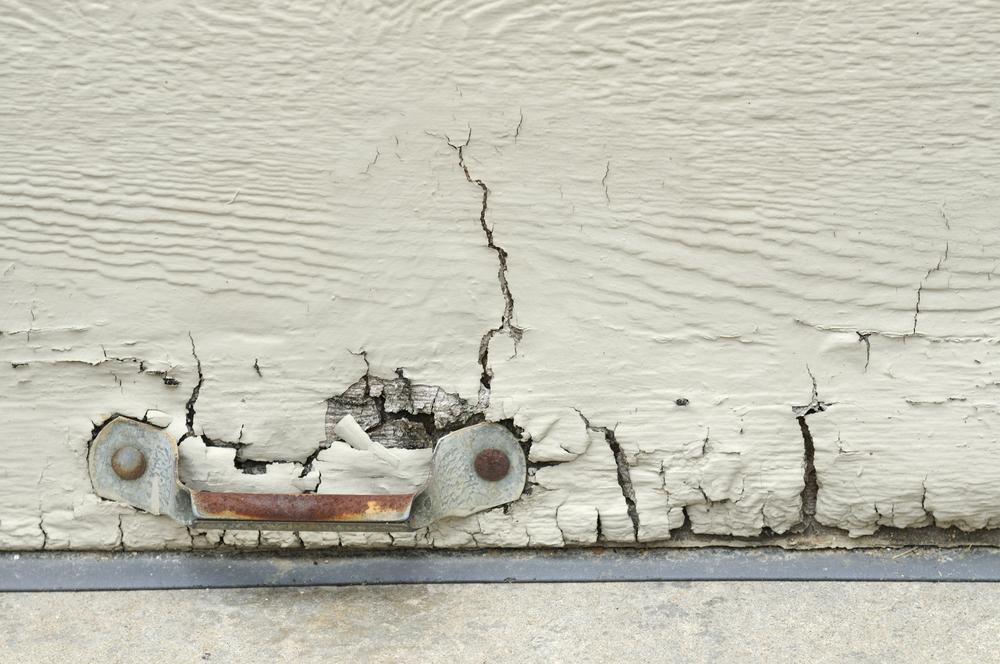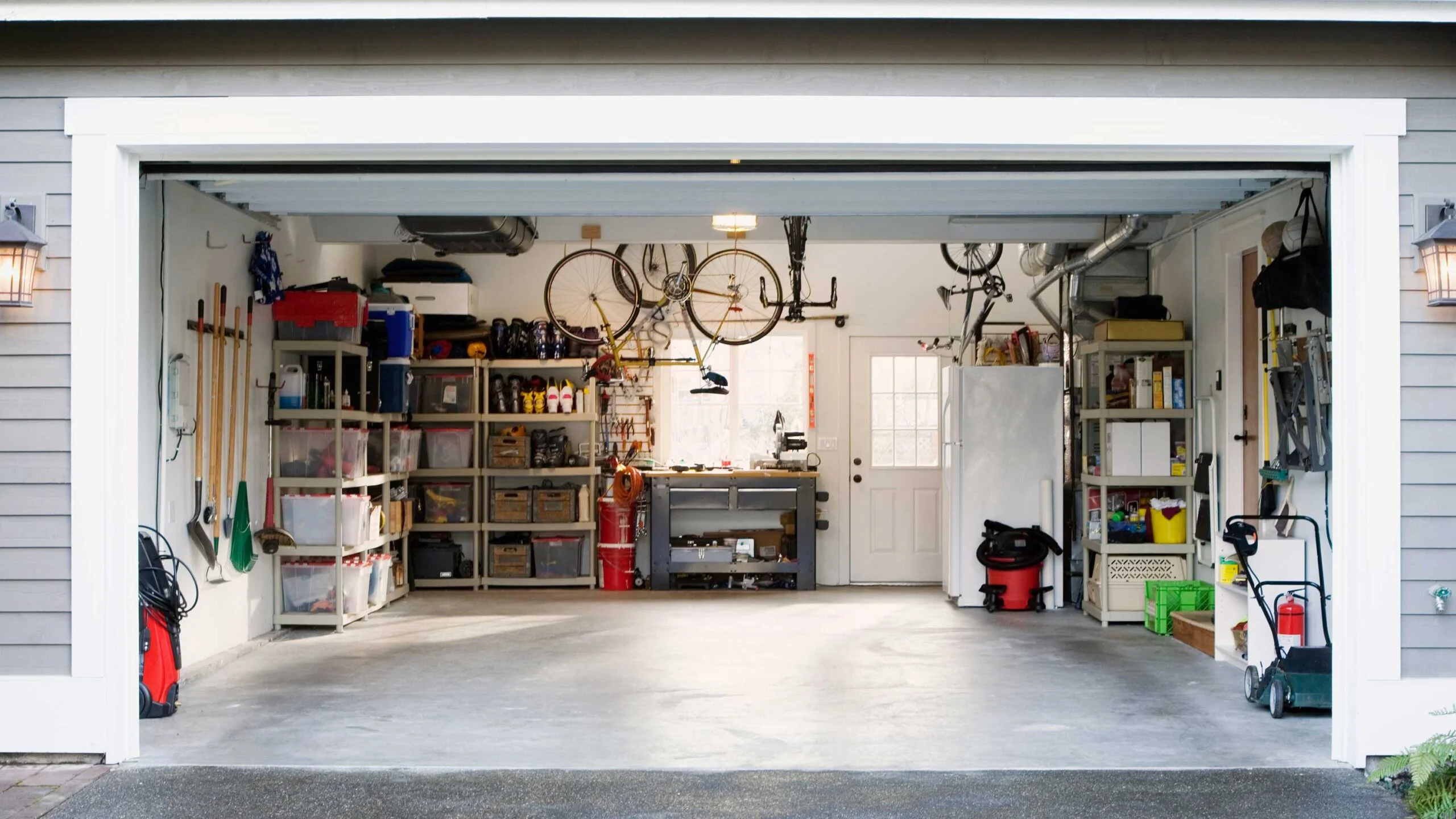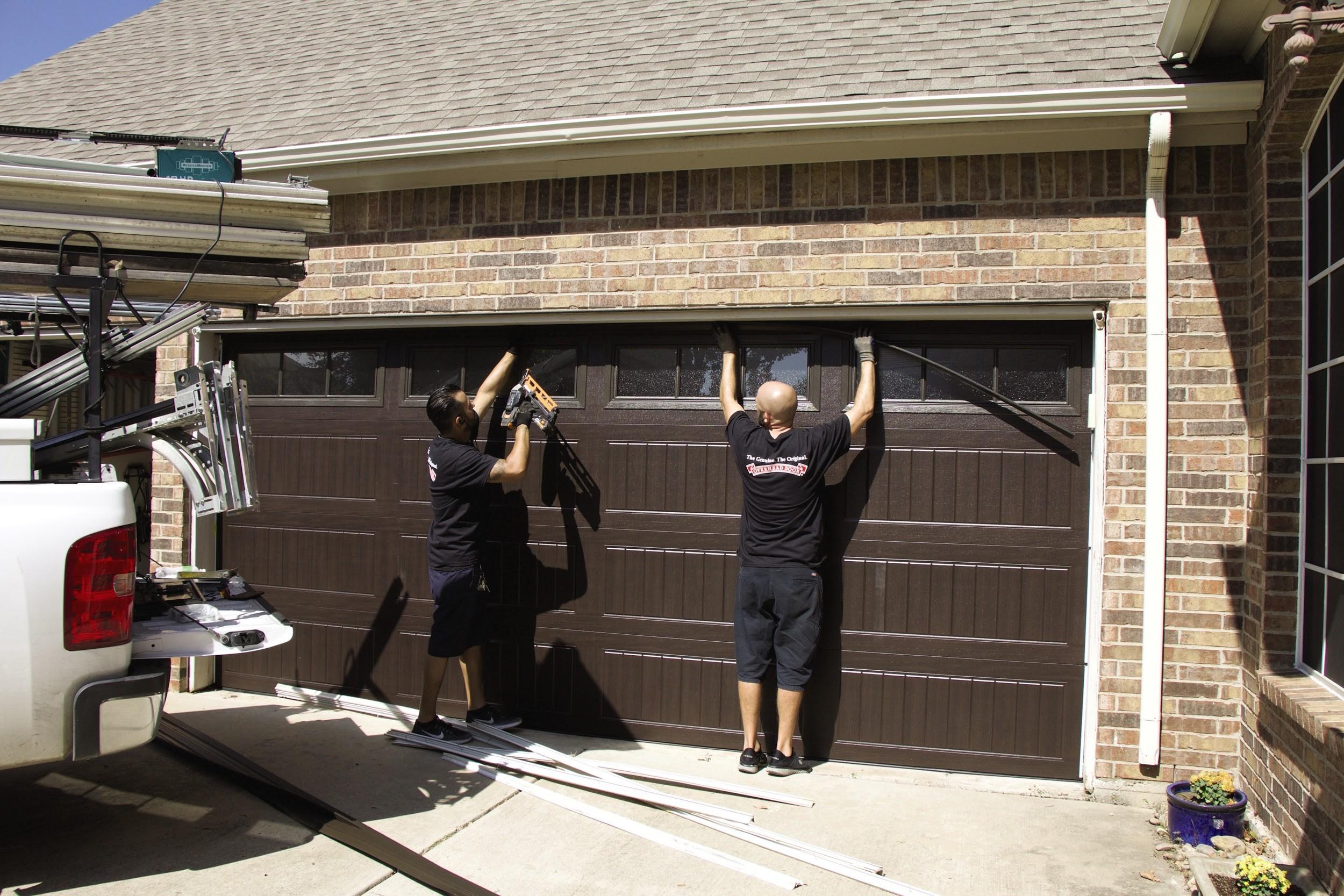
Weatherstripping Precision Garage Door Tips
The garage is a nice storage room for your vehicle against precipitation, damage, vandalism, and theft. However, it would be best to have quick remediation when you notice too much dirt, rodent dropping, or water paddles. While it may not be obvious, the garage door could cause your woes. Therefore, it is necessary to get your garage service in Southern California.
Generally, the garage door has a bottom seal to keep water and unwanted intruders away from your home. However, the seals can get damaged due to water accumulation, freezing, and prolonged usage, leaving cracks and gaps. Consequently, you will suffer uneven temperatures and sequential damage to your garage door.
Making the garage door airtight needs to be your top priority. While you may attempt some remediation procedures, it is best to leave the job to experts. This is because the garage door mechanism is weight sensitive, and some insulation techniques may interfere with the workings.
Here are easy ways you can weatherstrip your garage doors in Southern California.
The Bottom Seal Weatherstripping
When you notice huge water puddles on your garage floor, the bottom seal might be experiencing some issues. Before you do a replacement, you must get a thorough inspection to determine the cause of the issue. While total damage to the bottom seal can be the issue, improper floor slope is also a major culprit.
One of the ways to remediate the issue is by spreading sand underneath the door. This action reduces the chances of freezing water and helps keep your seals from cracking due to ice. Caution, never use salt as it damages concrete and rubber material. However, this is a temporary fix for the short term, and you need to repair the floor.
Cleaning the rubber strip helps to remove stuck debris hindering the proper closure of your door. During the wash, ensure you are using the specified silicon-based weatherstripping lubricant. The lubrication allows water to flow off the strip, thereby discouraging freezing.
Precision Garage Door Bottom Seal Replacement
The bottom seal consists of vinyl or rubber attached to your garage door’s PVC or aluminum retainer underside. Upon shutting the door, the seal compresses tightly against the floor to prevent water, dirt, and pests from entering your home.
Your garage door type determines the kind of door sweep suitable for you. For instance, a wooden door will require a door sweep that perfectly nails the underside of your door. On the other hand, a PVC, vinyl, or metallic door will require a U-shaped rubber seal sliding into the flange at the bottom of your door.
Brush seals are another popular option for door sweeps commonly used in commercial garages. These door sweeps have long bristles that reduce debris and air drafts into your garage. The brush seals are ideal for uneven surfaces than vinyl and rubber counterparts. Although common in commercial spaces, you can opt for this option for your residential home and enjoy reduced heating costs.
It is vital to know that not all weatherstrip materials will fit your door. Hence, acquiring the specific retainer profile corresponding to your door is essential when considering a replacement. This action will ensure the new weatherstripping slides back correctly into the retainer. During the replacement, you may require the assistance of extra hands and some soapy water
Garage Door Threshold Seal
The threshold garage door seal works together with the bottom door seal. Whereas the door seal attaches to the garage door, the threshold seal is attached to the floor. This weatherstripping element helps keep out surface water where the driveway slopes towards the garage. Moreover, it helps fill the gap below the garage door.
Generally, we use about half-inch to two-inch threshold seals secured on the floor with strong adhesive, liquid nails, and caulk to seal your garage. The threshold seal creates a formidable barrier against snow, dirt, and insects. This component also helps keep off smoke fumes and odors blown by the wind toward your garage.
High-quality vinyl threshold seals last longer than door seals and are common in residential homes. However, if you have heavy-duty vehicles, you may opt for the long-lasting aluminum options that can withstand the weight of tractors and heavy trucks.
When you add a garage door stopper, you will start enjoying benefits instantaneously. For example, your heating costs will significantly drop as little, or no air will escape beneath the garage door. Moreover, you will eliminate mold remediation costs and have better air quality within your garage.
Top Weatherstripping of Garage Door
Unfortunately, quack Southern Carolina garage door repair companies assume no need for weatherstripping the headers. However, the top of the garage door is a sensitive area regarding weatherstripping, particularly if you use the garage as a workshop or storage space for temperature-sensitive items.
The polyurethane insulation prevents the door from bending in extreme weather. However, over time, winter climate leads to thermal breaking of the material due to the heat differences inside and outside your home. When the header seal breaks, hot metal expands slightly while cold ones shrink a little. Consequently, the garage door tends to bend inwards, leaving gaps for cold air to penetrate.
If you notice rips or tears in the header weatherstrips, get in touch with Precision Garage Door for immediate correction. Our experts will inspect to determine the extent of the damage and recommend the best weatherstripping materials. Since the garage top weatherstripping can be tricky to repair, it is best left to specialists.
Side Weatherstripping
Over time, polymer side rubber strips dry out and rip off, leaving gaps between the garage door and door jamb. Typically, the UV rays are responsible for the cracks on the rubber stoppers. As such, you may start experiencing temperature variations in your garage from the rest of the home. In this case, our garage service in Southern Carolina will recommend removing the weatherstripping and replacing it with vinyl stops. Sometimes the drafty problems result from miscalculations inside dimensions during installation. In this case, you will require to replace the weatherstripping with the correct size.
PVC is the most common side weatherstripping material because of its aesthetic finishes. However, its reactions with UV rays make aluminum brackets a great alternative. Also, aluminum hardly oxidizes with the garage door frame.
Replacement rubber weatherstripping for sides comes in rolls for easy cutting with a knife. However, for durable and quality finishes, use galvanized screws or nails. Ensure the door-side flange presses against the door for an airtight seal.











